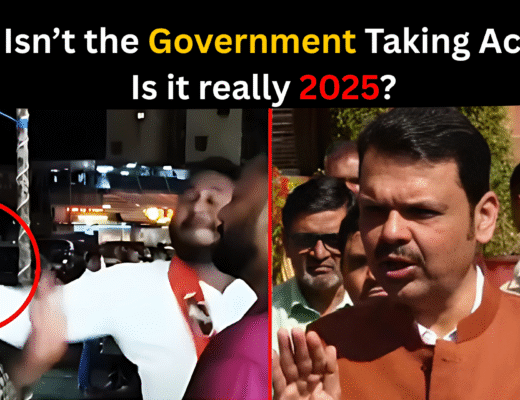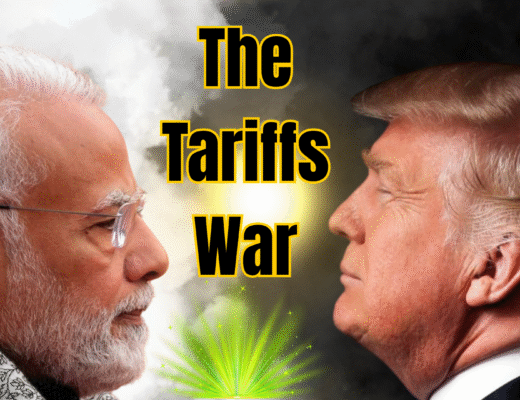It’s August 2025, and the world is witnessing an unexpected geopolitical twist: India and China, long-time rivals, are warming up just as U.S.-India relations hit turbulence over tariffs and Russian oil imports.
After a deadly border clash in 2020, the two Asian giants signed a border patrol agreement in October 2024 paving the way for high-level talks and trade growth. Meanwhile, U.S. President Donald Trump’s 25% tariffs on Indian goods are pushing India to look East.
Could an India-China alliance in 2025 reshape global power? Let’s break it down.
A Thaw in India-China Relations
Relations between India and China took a sharp turn after the 2020 Galwan Valley clash, where 20 Indian soldiers lost their lives. But in 2024, the tone shifted:
- October 2024: Border agreement eased tensions in Depsang and Demchok.
- Troop pullback and weekly joint patrols began.
- January 2025: Direct flights resumed after five years.
- Trade revival: Bilateral trade hit $136 billion in 2024, with a deficit of $85 billion.
The driving force? Economic necessity and a shared interest in stabilizing the border. Social media buzzed with optimism one X user called it “a new era for Asia’s giants.”
Why an India-China Alliance 2025 Matters
If India and China deepen their bond, the impact could be seismic.
- Population & Power: Together, they make up 35% of the world’s population.
- Economic Strength: Combined manufacturing power could challenge U.S. dominance.
- Global Influence: Cooperation in BRICS and the Shanghai Cooperation Organisation strengthens their voice.
- Shared Dislikes: Both oppose Western sanctions, as seen in India’s $68.7 billion Russian oil imports in 2024.
For India, this alliance means more Chinese investments to fuel its $5 trillion economy target by 2027. For China, India is a massive market amid slowing domestic growth.
Impact on U.S.-India Relations
The U.S. has long seen India as a counterweight to China, with $119 billion in bilateral trade and defense ties via the Quad. But tensions are mounting:
- August 4, 2025: Trump imposed 25% tariffs on Indian goods.
- Secondary penalties targeted India’s Russian oil purchases.
- India’s response: Rejected Trump’s offer to mediate its border dispute with China.
If India-China alliance 2025 grows, the U.S. risks:
- Losing strategic leverage in Asia.
- Seeing India soften its Quad role.
- Facing reduced demand for U.S. tech and defense exports.
Challenges to an India-China Alliance
Despite progress, deep mistrust remains.
- Water disputes: China’s Yarlung Zangbo dam could affect water supply to Assam.
- Pakistan factor: China’s support for the China-Pakistan Economic Corridor is a sore spot.
- Public skepticism: In 2025, 62% of Indians still viewed China with caution.
- Strategic Autonomy: India prefers balancing relations with the U.S., China, and Russia.
This means the alliance may remain pragmatic and trade-focused, rather than a full anti-U.S. bloc.
What’s Next for Global Politics?
A solid India-China alliance in 2025 could shift global power toward Asia but old rivalries may keep it in check.
- Upcoming events: Modi and Xi will meet at the SCO Summit 2025.
- Symbolic moves: Kailash Mansarovar Yatra reopening.
- Regional ripple effect: Smaller South Asian nations like Nepal and Sri Lanka may tilt toward this bloc for economic gains.
The U.S., meanwhile, may need to rethink its tariff-heavy approach to keep India close. As one X user put it:
“India and China together could spark an Asian century.”
People also read : why-trump-is-raising-tariffs-on-india-in-2025
FAQs
Q: Why are India and China getting closer in 2025?
A 2024 border deal reduced tensions, resumed flights, and boosted trade talks.
Q: How does an India-China alliance affect the U.S.?
It could weaken U.S. influence in Asia, reduce India’s Quad engagement, and challenge the dollar’s dominance.
Q: What strengthens India-China ties?
Shared economic goals, BRICS cooperation, and mutual resistance to Western sanctions.
Q: What challenges could block this alliance?
Disputes over water, China-Pakistan ties, and lingering mistrust from the 2020 clash.
Q: Will India ditch the U.S. for China?
Unlikely India’s policy of strategic autonomy means balancing multiple partnerships.



